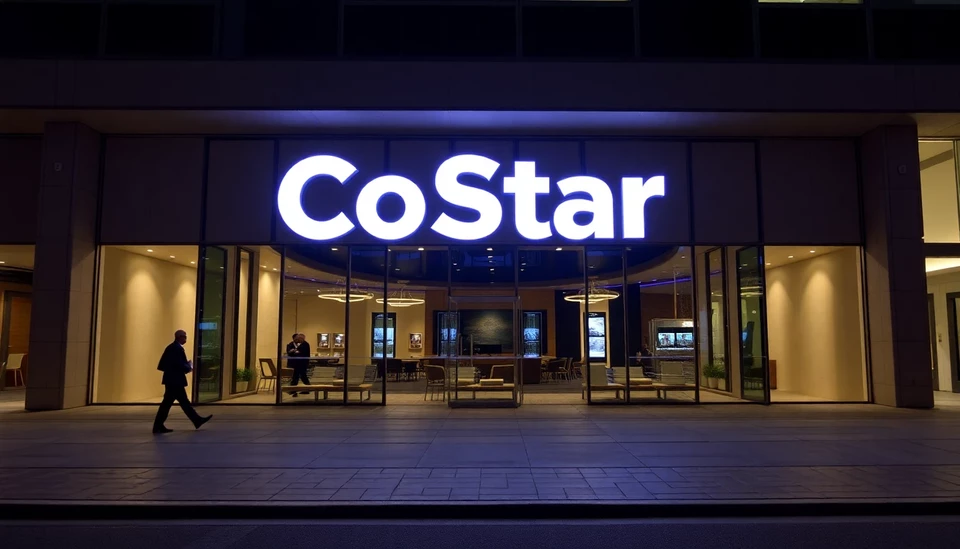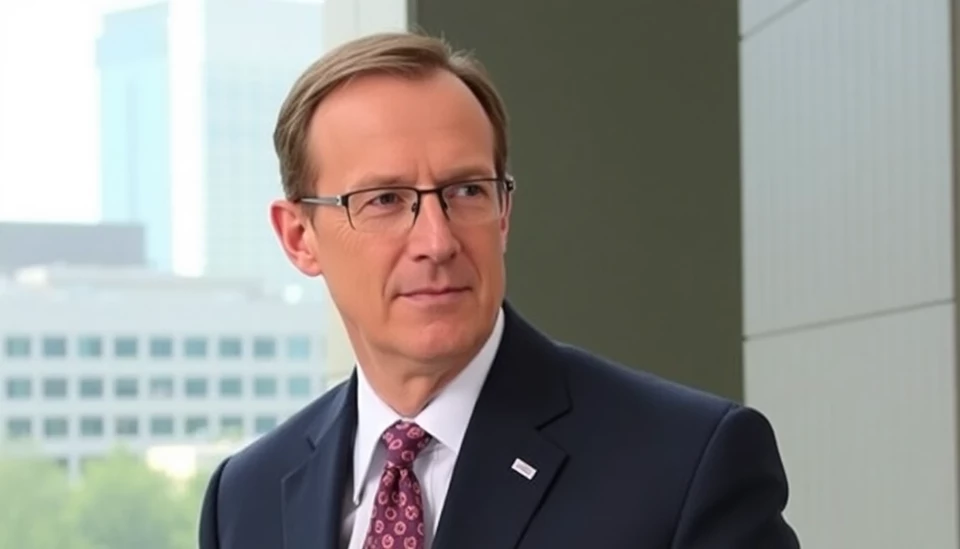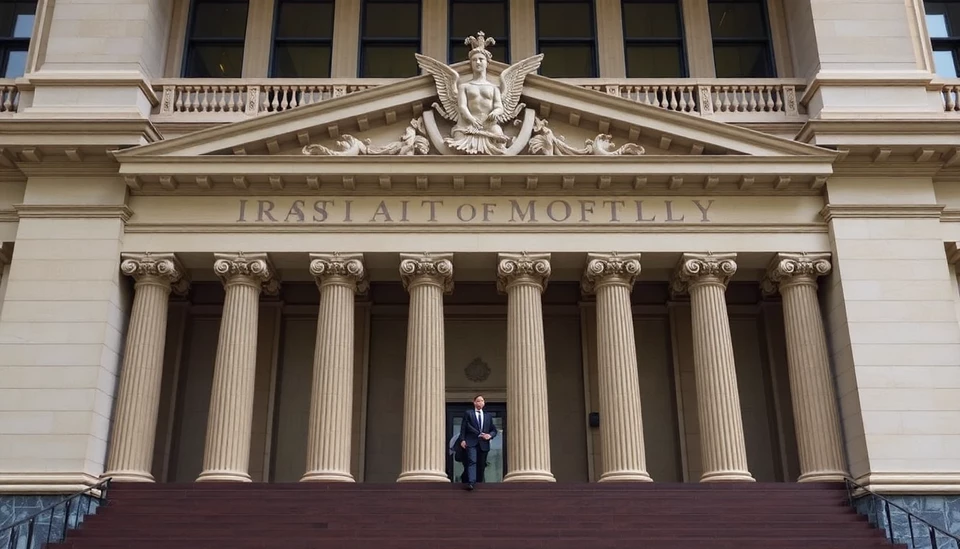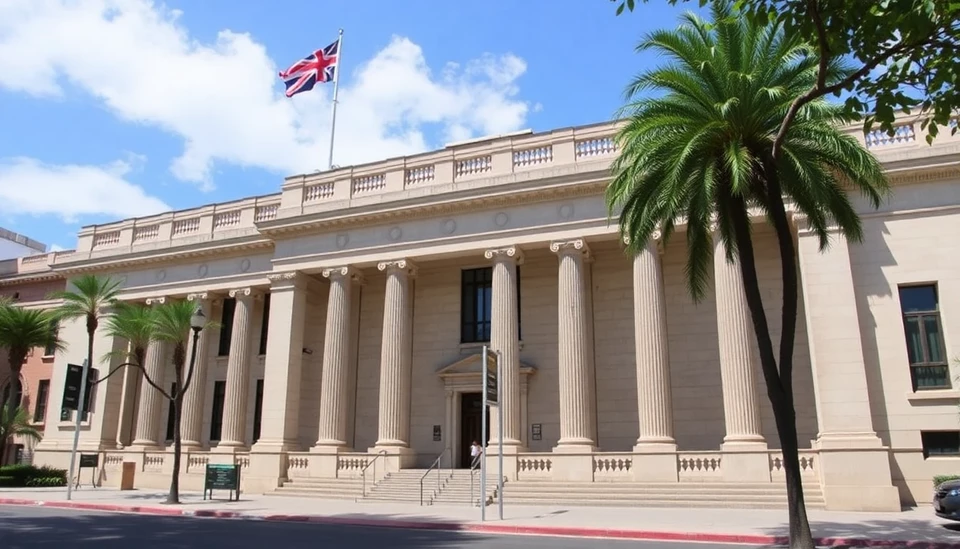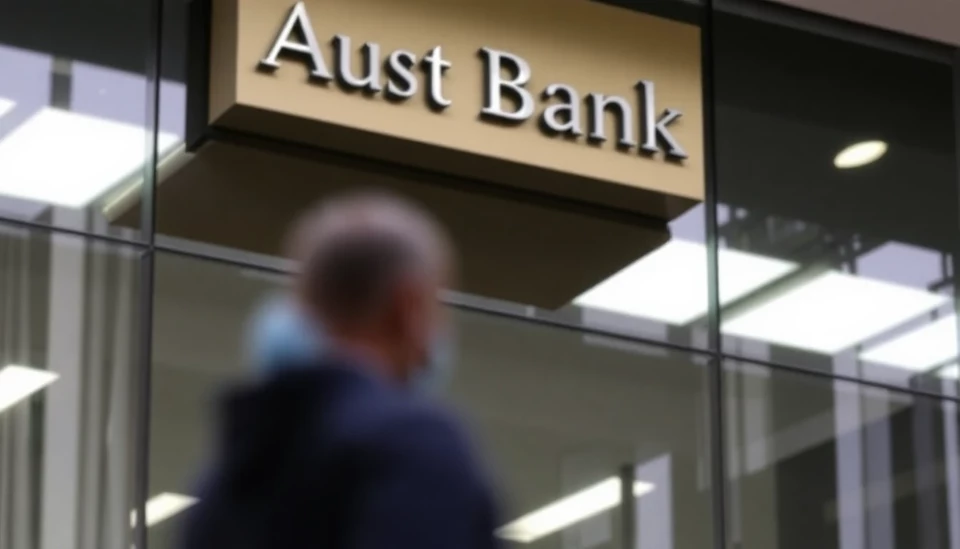
Australia's labor market is displaying signs of cooling off, as new data reveals that hiring gains have diminished even while the unemployment rate remains stable. According to the most recent report from the Australian Bureau of Statistics, the economy added a mere 10,000 jobs in October, which marks a significant slowdown compared to previous months. This development raises concerns about the overall health of the job market and what it portends for the future.
Despite the increase in employment numbers, the unemployment rate has held steady at 3.7%, which is still relatively low by historical standards. Analysts note that this stability in unemployment, alongside the tepid job growth, could indicate that the labor market is reaching a state of equilibrium. This balance comes after a period of rapid hiring boosts that characterized much of the post-pandemic recovery phase.
The report signals a shift in the hiring landscape, prompting economists to consider a variety of factors at play. The Reserve Bank of Australia (RBA) has been closely monitoring labor market indicators as it navigates monetary policy in light of inflationary pressures. With inflation still a concern, the central bank may need to adjust its interest rates accordingly. Economists are speculating that sustained low unemployment, coupled with slow hiring growth, could lead to a tightening of monetary policy as the RBA seeks to balance wage growth and inflation.
Further analysis suggests that several sectors may be contributing to this deceleration in hiring. Industries such as construction and hospitality, which were previously robust in their hiring, are now experiencing more cautious approaches as rising costs and a shifting economic landscape impact business operations. Employers are becoming increasingly selective, focusing on retaining talent rather than expanding their workforce at the same pace.
This cautious hiring strategy is evidenced by job vacancies which have seen a decline after reaching record highs earlier in the year. While businesses continue to seek skilled workers, the competition for talent appears to be cooling off, prompting questions on how this will impact wage growth and by extension, consumer spending.
As we look ahead, market analysts emphasize the importance of upcoming employment and economic data to better understand the factors influencing Australia's labor market. Future reports will be instrumental in clarifying whether the slowdown in hiring is a transient phase or indicative of broader economic trends.
Given this backdrop, stakeholders in the Australian economy, including employers, job seekers, and policymakers, will need to remain vigilant as the employment landscape continues to evolve.
#Australia #JobMarket #Unemployment #Economy #EmploymentTrends #MonetaryPolicy #RBA #LaborMarket #JobGrowth #Inflation
Author: Daniel Foster
